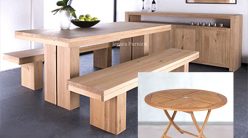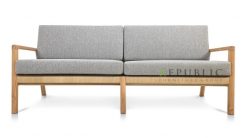The craft industry is increasingly innovating to be able to adapt to environmental issues that hotly discussed. One of the innovations is to utilize organic materials that environmentally friendly and can be recycled. Craftsmen also collaborate with researchers to find new materials that can be used as craft products. So far, we are familiar with plastic, used newspapers, glass bottles, and other similar materials commonly used as handicrafts material. However, it turns out that there are still various materials that do not damage the environment and are durable.
Some of the materials found included banana midrib, mycelium leather, fish skin, and kombucha leather. Mycelium comes from vegetative plants that produce fungi. Fungal colonies of mycelium can be found in and on soil or wood. If mushroom roots are planted on sawdust or agricultural waste, they will form thick mat sheet which can then processed to resemble leather. Meanwhile, kombucha is symbiotic collection of bacteria and yeast. Kombucha rind is the dried form of thickened layer that grows on top of fermented liquid kombucha.
Banana midrib are actually not new in Indonesia but become a new material for the handicraft sector. This material can be used as home decorations, bags, hats and sandals. In fact, the process of making banana midrib into craft product is also used as a space for empowerment for the surrounding community. Besides banana midrib, there are also other materials such as bamboo and chicken skin as new sustainable materials. There are fish skins, wool fabric from pineapple, kombucha leather, to items with biodesign concept. The fish skin was originally due to the people’s habit of fishing and usually the skin not used. This skin waste can be used as a new material for accessories or shoes.
The development of handicrafts with new materials based on sustainability in Indonesia now covers four provinces: Jakarta, West Java, East Java, and Bali. It is hoped that the development of sustainable handicrafts can become a sustainable and eco-friendly trend that will not only attract markets in Indonesia or around Asia, but also Europe.
–sh





